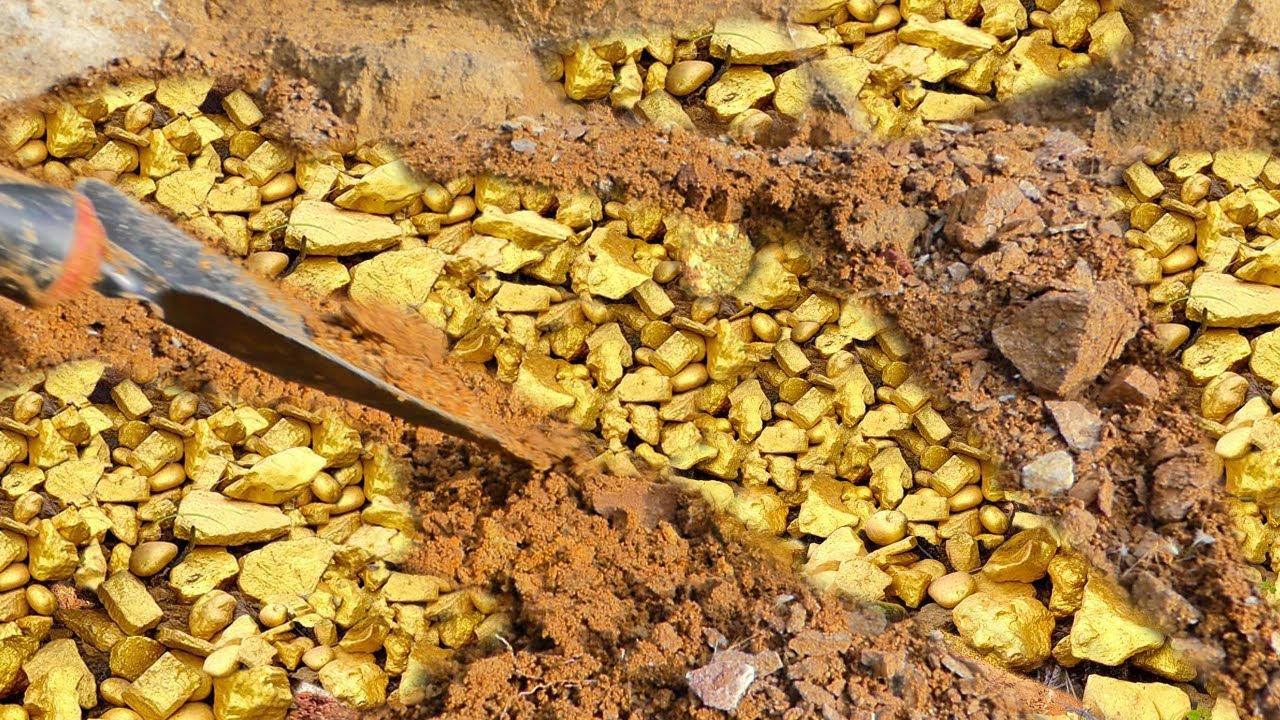
 |
| These gold nuggets were found in southern Oregon, but many illegal “artisanal” miners operate in developing countries like Peru, where there is little or no regulation. |
07-08-2014 By Douglas Main, NBC News (USA)
If, as Robert Frost wrote, “nothing gold can stay,” then mercury sticks around forever.
Goals of the meeting include closing all mercury mines in signatory countries within 15 years of the convention taking effect. Many consumer products containing mercury are also expected to be phased out, and mercury-containing dental amalgams will be “phased down,” according to a Science article accompanying the review. Many of the countries where artisanal mining is a problem — especially those in South America, Southeast Asia and Africa — will also pursue efforts to try to fight this problem, Science reported.
The convention will be held in Minamata, in part, because the city is home to the first and most notorious case of mercury poisoning: 65 years ago, a chemical plant released large quantities of methylmercury in its waste into the ocean, where it accumulated in fish and poisoned thousands. Many died, and many more suffered brain damage, mental retardation, birth defects and other health problems, said Dr. Philippe Grandjean, an epidemiologist at Harvard University who has conducted field work at Minamata and has been involved in drafting the convention’s rules. But the source of the so-called “Minamata disease” took years to definitively link to mercury, due, in part, to resistance from the chemical company that released the mercury, and it took even longer to spur international action, Grandjean said. [World’s 10 Most Polluted Places]

“We have already put so much mercury into the ecosystems that it’s going to take decades before we can benefit from the U.N. treaty,” Grandjean said. “In the meantime, we have to select our seafood prudently.”